Allison Anderson
An advocate for sustainability, this local architect and leading volunteer has been working for the last two decades to protect and enhance our own little piece of coastal paradise.
- story by Pat Saik
The school’s location provided a great home base for the couple, who traveled extensively through both Mexico and New Mexico in search of interesting buildings, culture, and art. Allison laughs when remembering their first anniversary, spent in a “roach motel in Truth or Consequences, New Mexico.”
In the early 1990s Allison and John were “looking for a way to get back to the beach” when they found a lot in Waveland. They designed and built a home, moving there in 1995 when their youngest daughter Sarah was only two days old. Allison says that she knew no one in Waveland when they first relocated. But following her mother’s lead, Allison dug right into community service projects. When the barbershop where she took her son for his first haircut closed three weeks later, Allison realized that Waveland’s main street, Coleman Avenue, needed a boost. She met with then-Mayor Tommy Longo about reinvigorating the city’s historic commercial district. The Waveland Community Coalition grew out of that meeting. Twenty years later, the organization, under Charles Cornelius’s stewardship, is still going strong. Streetscape improvements, annual festivals, and a restored Old Waveland Elementary School (serving as home for the Waveland Community Center and the Ground Zero Museum) evolved as a result.
Allison joined the Hancock Chamber’s Greenways and Scenic Byways Committee too, wanting to learn more about economic development and how it was related to the environment. The economic development and the environmental committees had just merged.
“That was ideal for me,” she says. “I wanted to learn about economic development and I felt I could bring some knowledge of good environmental practices to the table.” “The chamber committee has tackled projects with major quality of life issues. One of the first projects was getting people in the northern part of the county the ability to connect to the Hancock County sewer lines.” One long-term project the committee brought to fruition was the creation of the Hancock County Scenic Byways. More than 40 miles of roadways have been designated by the state to showcase the rich natural resources of our coastal county. More recently, the Scenic Byways Committee was instrumental in creating a seven-mile loop trail called Possum Walk, which begins at the INFINITY Science Center. The trail serves bikers, runners, and walkers and is handicap accessible. An important educational tool, it allows children to experience the natural world in a safe place.
Since 2000, Allison has also been a leader in the Land Trust for the Mississippi Coastal Plain. In 2005 she was elected president. The organization’s mission meshes with the architect’s values: to conserve green places and open spaces that have scenic and cultural values.
One of the post-Katrina projects of which Allison is most proud involved launching a live oak rescue project. Volunteers worked to help save these aged coastal icons by digging out debris that was smothering the roots. “We also helped eliminate salt from the roots and restored the soil cover to help the trees thrive. The project was a huge success. The Land Trust project restored more than 500 trees." Allison’s sense of responsibility to the community and the environment may have been learned as a child, but it was reinforced by her profession. The American Institute of Architects’ ethical code addresses pro bono work and encourages members to work toward sustainability. In 2007, the professional organization added a canon stating that members should “advocate the design, construction, and operation of sustainable buildings and communities.” But perhaps it was Hurricane Katrina that most deeply influenced Allison’s view of sustainability and the importance of maintaining a resilient environment. Allison has continued to contribute to community success stories that aim to beautify the community and give it a feeling of livability. This environmental dynamo has played an important role in creating a walkable town, enhancing a community feel through streetscapes, lighting, and sidewalks. Streetscape projects added an entire mile of new sidewalks and over 1000 trees. The duck pond near the historic depot in Bay St. Louis represents another of the architect’s visions coming to fruition. Ride by and it’s likely you’ll find kids feeding the ducks or families enjoying a picnic. “The duck pond is a good example of transforming an unused piece of land into something the entire community can enjoy,” she says.
Allison believes that concepts of sustainability go hand in hand with economic prosperity. “We know that if your house is adjacent to a park or greenway, that adds 15 percent to the value. In addition, greenways reduce urban heat effect, reduce energy costs, and filter and evaporate storm water. By creating these fingers of green through our city, everyone benefits.”
Allison and her husband John are principals at their award-winning firm, unabridged Architecture. The contemporary building that houses the firm stands at the site of an old wooden gas station at the corner of Main Street and Dunbar Avenue. As one might expect, the firm’s specialty is sustainability. After Hurricane Sandy in the northeast, unabridged Architecture was one of 10 firms selected to do research and design projects funded by HUD that would better prepare a community for hurricanes and sea-level rise. Allison worked for nine months with a team assigned to Bridgeport, Connecticut. Having personally lived through Katrina gave the architect a valuable perspective while helping other communities recover. The Andersons are now officially empty-nesters. A National Merit Scholar, daughter Sarah is now in her final year at Ole Miss. Their son Noah soon will be completing his engineering degree at Mississippi State. Daughter Hannah works for a talent management company on social media marketing and event planning. Allison and John recently downsized and moved into an 1890's cottage they renovated on Main Street, just a block from their office. Both are musically inclined and somehow find the energy to channel into that creative outlet. John is lead guitarist with a local band, “Electric Sheep,” while Sundays find Allison singing with the St. Rose de Lima choir. “I sing soprano on the second row,” she says smiling. “It’s an honor to be among that group.”
The Andersons may not have known anyone when they moved to Waveland, but after 20-plus years of community involvement, they have strong ties throughout the Bay-Waveland area. This year, she was named one of Hancock County's Outstanding Citizens.
“So many people here are continually trying to build a better place and trying to develop a very creative economy. I’m proud to know these people. They’re the ones who are always ready to take on the next project, who are willing to work to make this the kind of place we want our children and grandchildren to live and love. “Both Bay St. Louis and Waveland are quirky and beloved and totally inclusive kind of places,” she says. “To me, that’s what makes paradise.” Comments are closed.
|
Categories
All
Archives
July 2024
|
Shoofly Magazine Partners
Our Shoofly Partners are local businesses and organizations who share our mission to enrich community life in Bay St. Louis, Waveland, Diamondhead and Pass Christian. These are limited in number to maximize visibility. Email us now to become a Shoofly Partner!

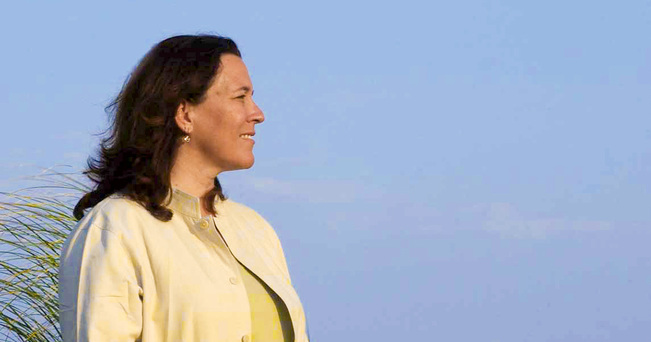
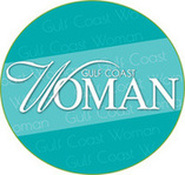
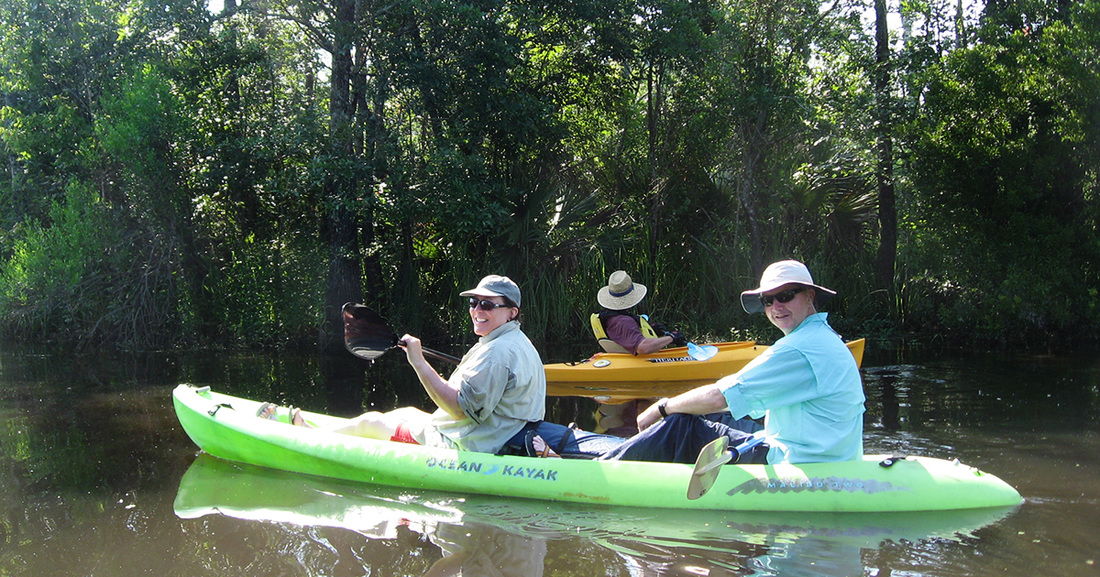
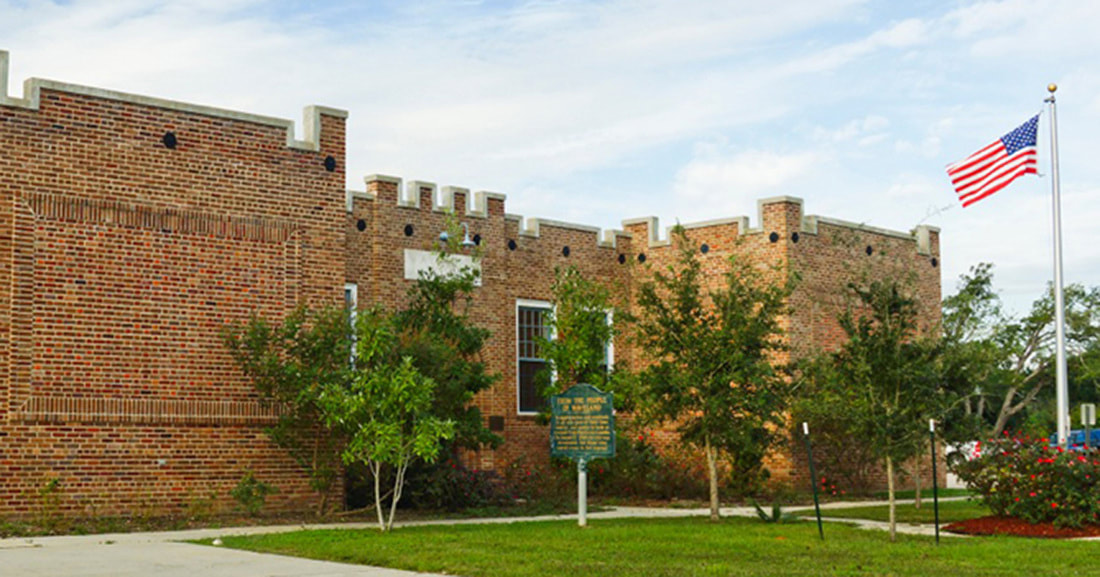
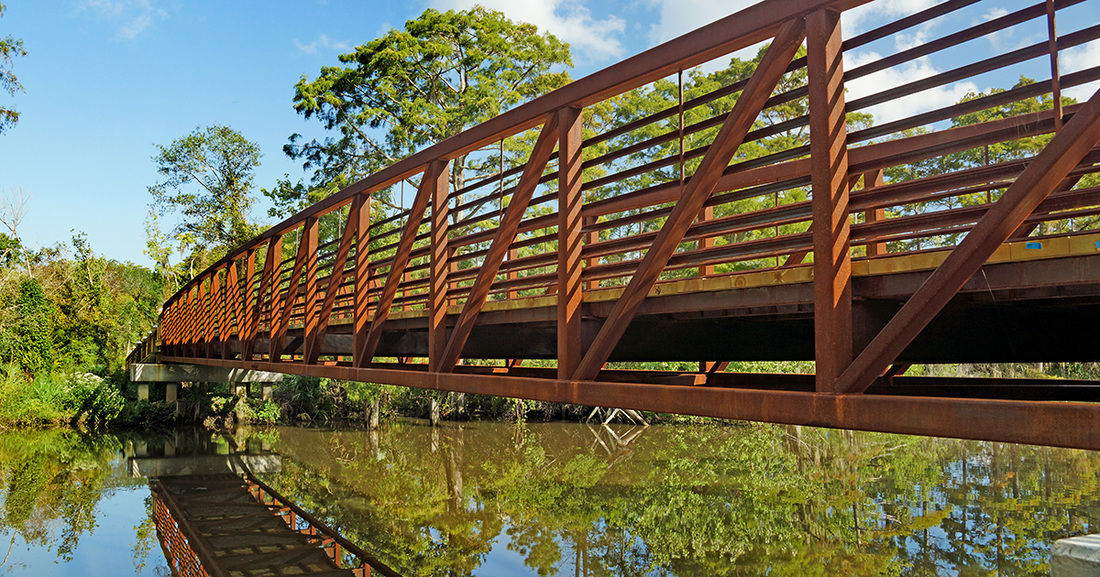
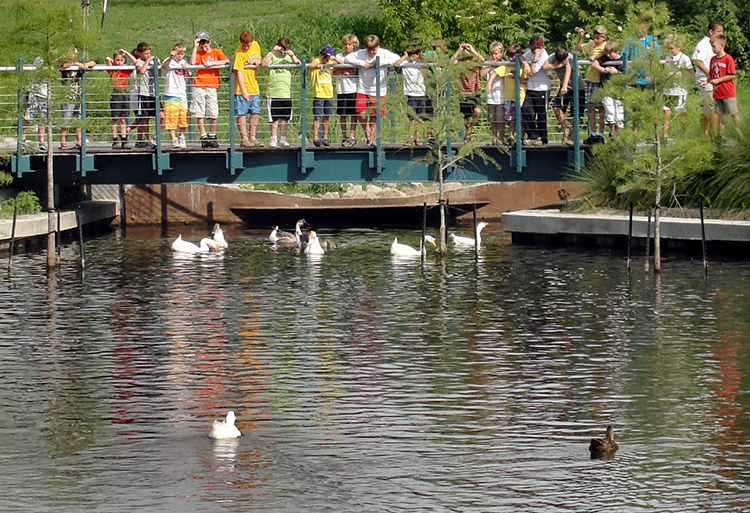
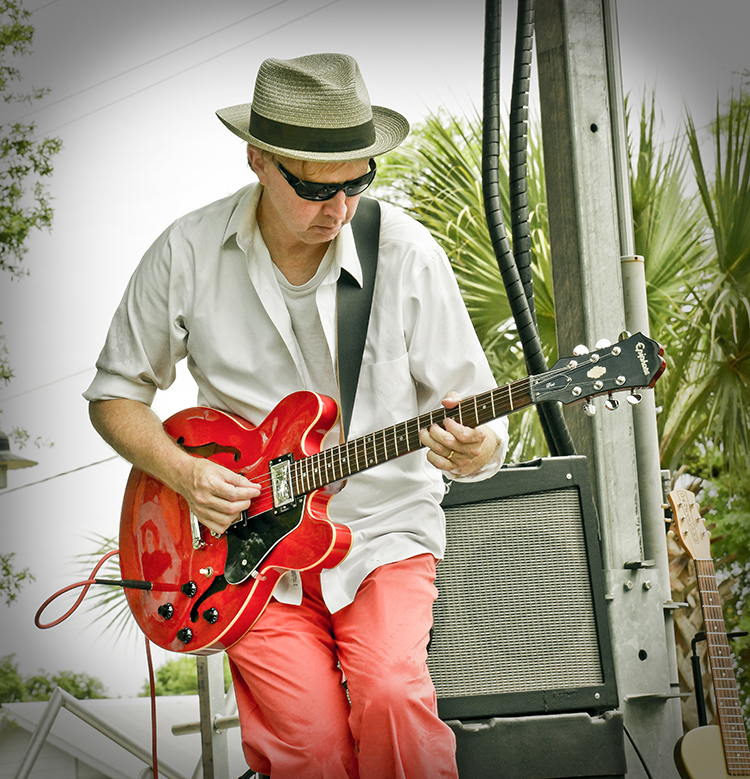
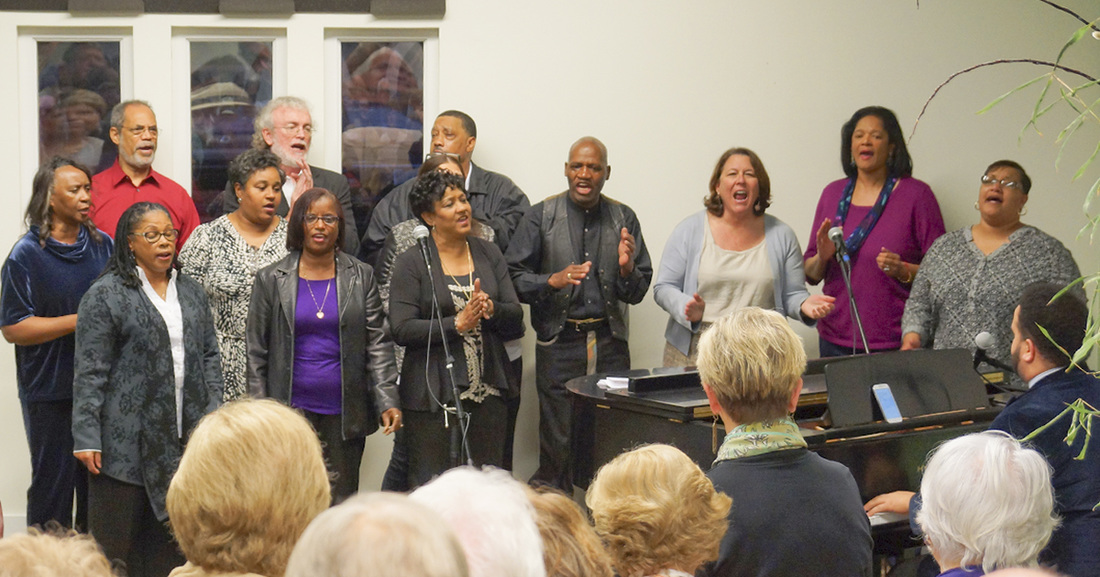
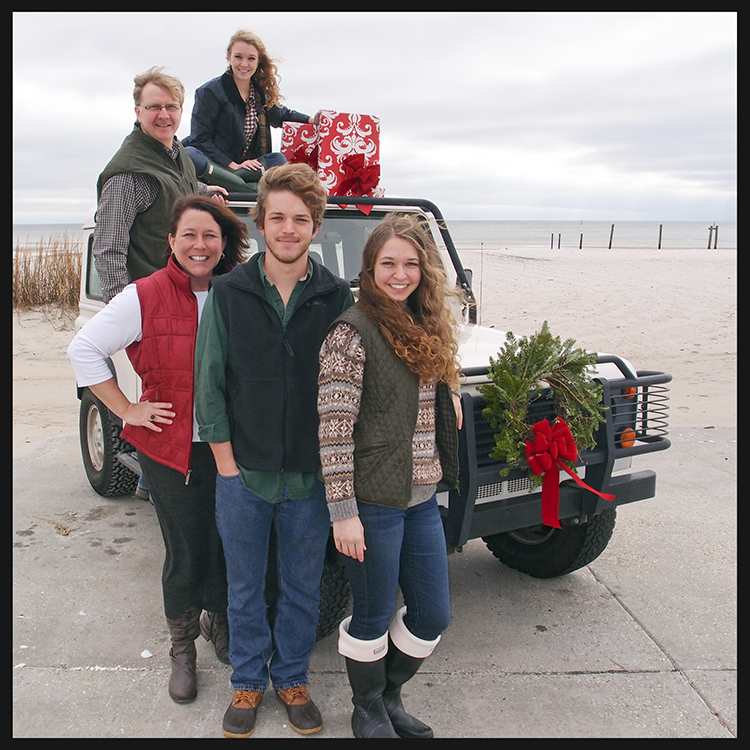
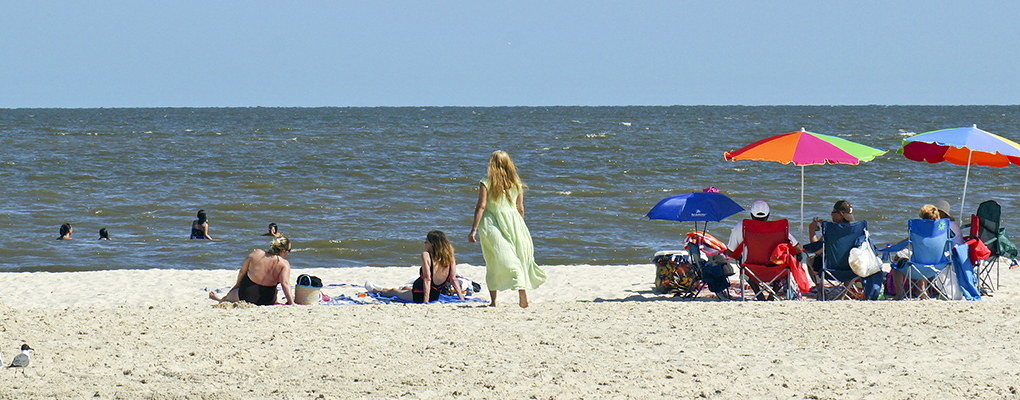

























 RSS Feed
RSS Feed























